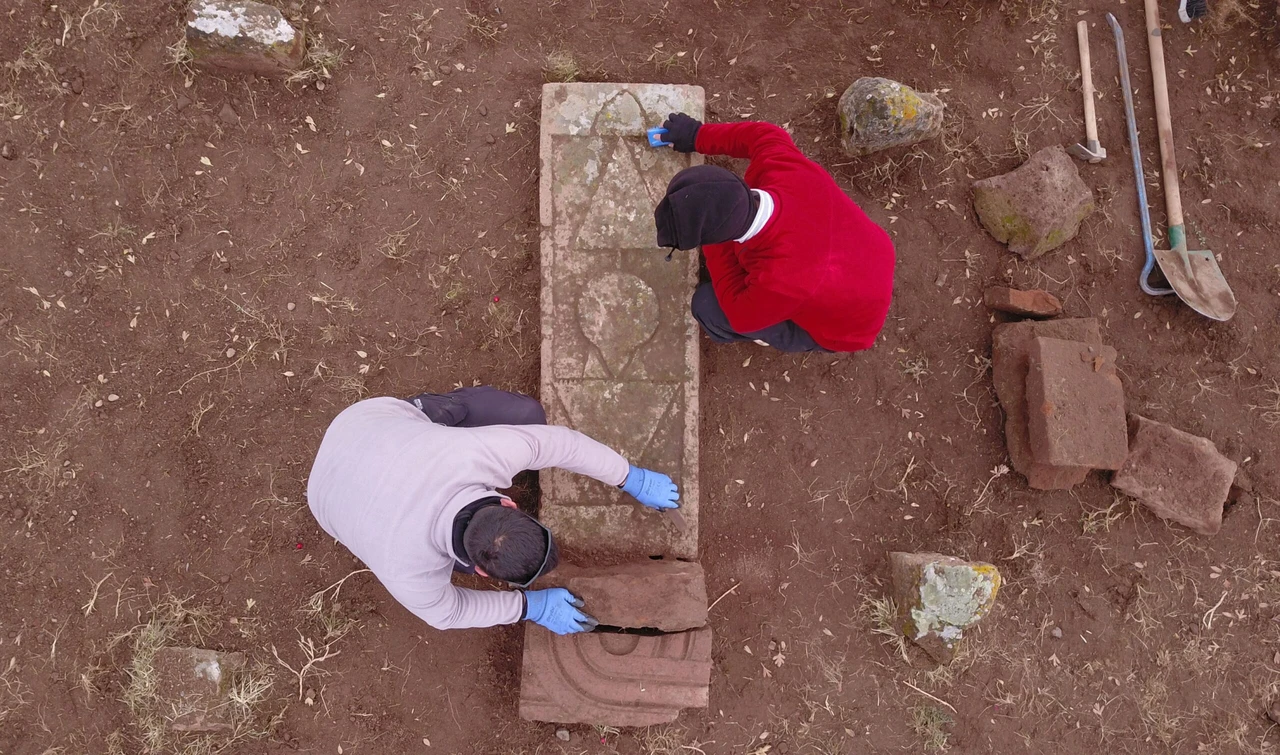5 common myths about Battle of Manzikert
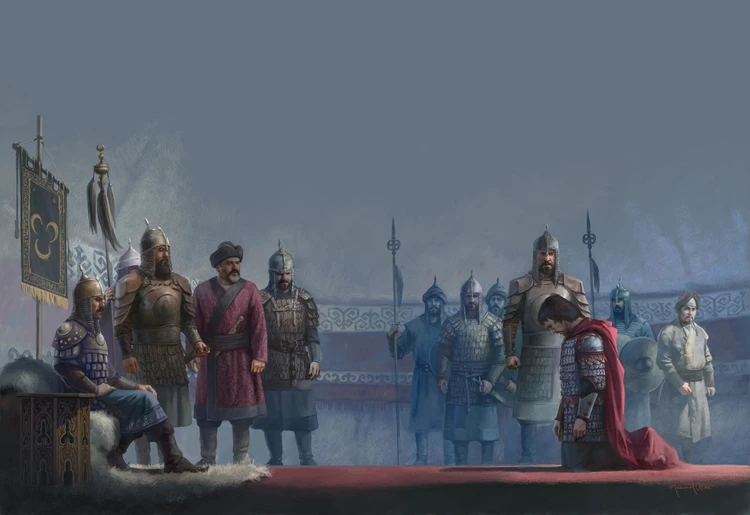 Battle of Manzikert with 3D illustrations, artwork titled “The Wars of a Thousand Years: 1071 Malazgirt,” Türkiye, August 25, 2022 (AA Photo)
Battle of Manzikert with 3D illustrations, artwork titled “The Wars of a Thousand Years: 1071 Malazgirt,” Türkiye, August 25, 2022 (AA Photo)
The Battle of Manzikert (Malazgirt) on Aug. 26, 1071, between the Seljuks and the Byzantines is a pivotal event in history that has been shrouded in misconceptions.
In this article, based on the insights of associate professor Erkan Goksu from Dokuz Eylul University, a leading expert on Seljuk history, we debunk five common misconceptions about this crucial battle.
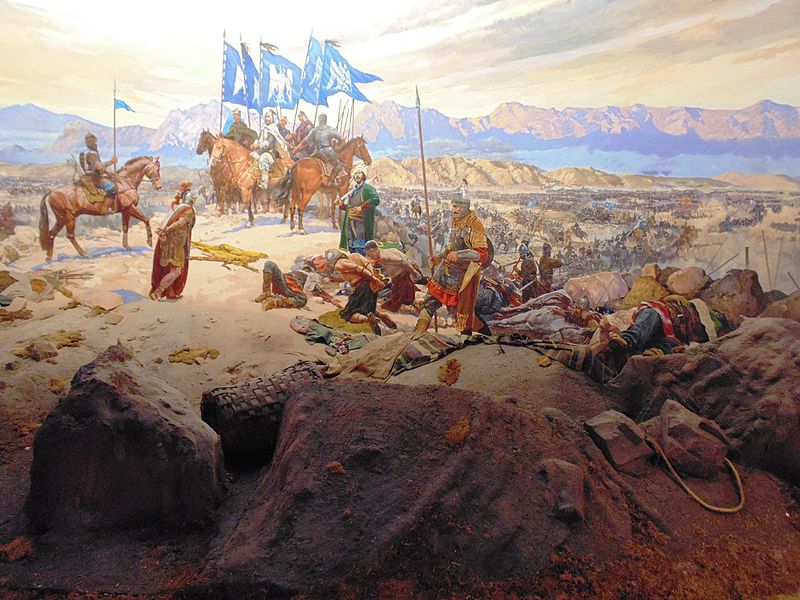
Myth 1: Battle of Manzikert opened doors of Anatolia to Turks
Contrary to popular belief, the presence of Turks in Anatolia predates the Battle of Manzikert. Recent archaeological findings, including rock carvings, symbols, and burial mounds, show a long-standing Turkish presence.
Historical records also indicate that Turkish movements into Anatolia date back to the time of the European Huns. Urfa’s Bishop Ephraim vividly describes Hun units entering Anatolia. Additionally, we know that in 1018, Oghuz Turks, led by Cagri Bey or another commander, entered Anatolia, and subsequent Oghuz migrations continued without interruption.
Starting from 1040, Turkmen communities (Old Turks) spread throughout Anatolia, significantly impacting the region’s political, economic, social, and cultural life. The Byzantine Emperor Romanos Diogenes’ campaigns in 1068, 1069, and 1070 aimed to end these Turkish activities but failed.
In 1071, Romanos launched a massive campaign to drive the Seljuks out of Anatolia but was defeated at Manzikert. It should also be noted that reports by Afshin Bey, general of the Seljuk Empire, after traversing Anatolia to Byzantium stated there were no obstacles to stopping the Turks in the region. Therefore, the Battle of Manzikert did not mark the beginning of Turkish presence in Anatolia, though it was a crucial event for the political consolidation of Turkish power in the region.

Myth 2: Alparslan’s 1071 campaign aimed to conquer Anatolia
Contrary to widespread belief, Alparslan did not intend to conquer Anatolia in 1071. His plans were focused on addressing issues in Syria and eliminating the Shia Fatimid Caliphate in Egypt.
During this period, the Islamic world was divided between the Shia Fatimid and Sunni Abbasid caliphates, leading to intense rivalry and conflict. Alparslan’s goal was to resolve this schism by eliminating the Fatimids.
In 1070, Alparslan was invited by Nasir al-Dawla of the Hamdanid dynasty to confront the Fatimids in Syria and Egypt. After initially entering Anatolia from Azerbaijan and reaching Manzikert, he intended to proceed to Egypt. However, upon learning of Romanos’ campaign, Alparslan shifted his focus to confronting the Byzantine forces, abandoning his plans for Egypt.
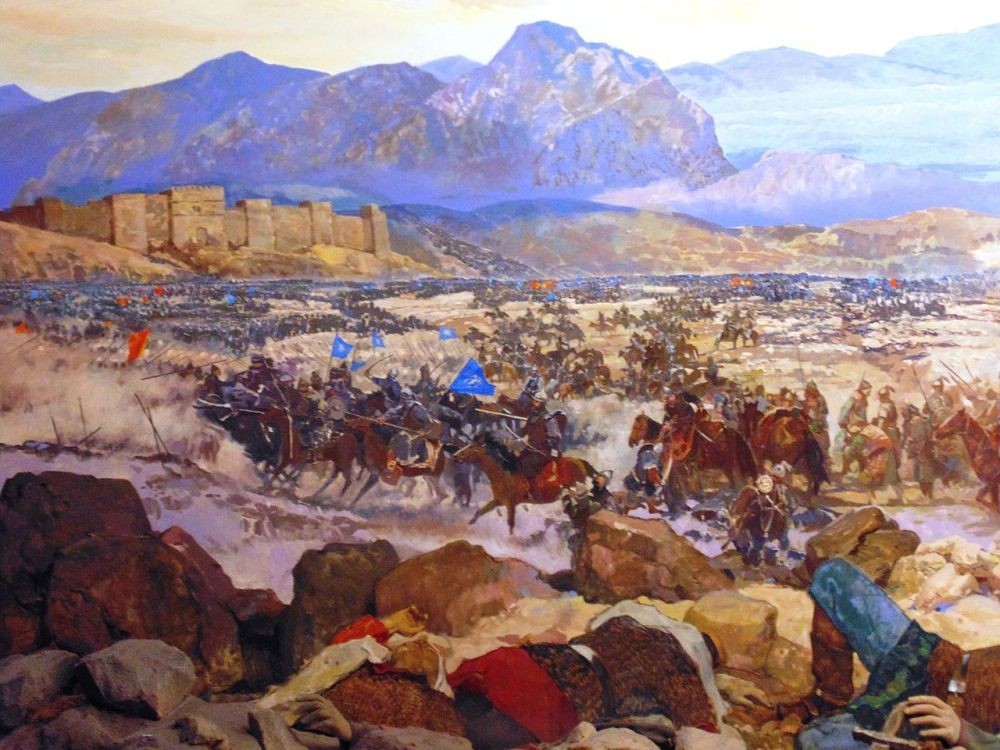
Myth 3: Battle of Manzikert was offensive maneuver for Alparslan
Romanos Diogenes’ failed campaigns in 1068, 1069, and 1070 to remove Turks from Anatolia led him to prepare for a decisive offensive in 1071. This battle was intended to eliminate the Turkish presence in Anatolia. However, Romanos’ extensive preparations, including a massive army and advanced siege equipment, suggest his ambitions went beyond Anatolia, possibly targeting the Seljuk capital and even Baghdad.
In contrast, Alparslan’s goal was not to conquer Anatolia but to defend against Romanos’ encroachment on Islamic territories. The Battle of Manzikert thus represents a significant clash where the Seljuks defended against a major Byzantine offensive.

Myth 4: Alparslan won Battle of Manzikert due to tribal forces
Alparslan, aware of the formidable Byzantine force, quickly mobilized his army. While his initial force included only his personal troops, he rapidly assembled a larger force, including local tribes and allied states. By the time of the battle, his army numbered around 50,000, comprising regular troops, professional soldiers, and tribal forces.
The Seljuk victory at Manzikert was not solely due to tribal forces but also to the well-organized and disciplined Seljuk army. The Byzantines faced a sophisticated and well-prepared opponent, including regular Seljuk troops who played a crucial role in the victory.
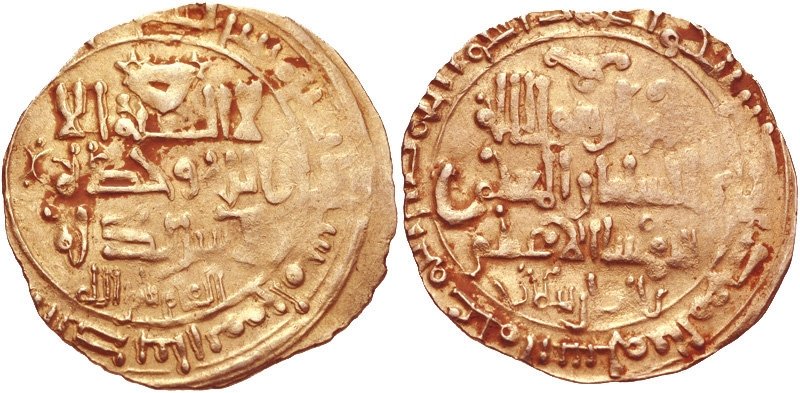
Myth 5: Ahlat was most important aspect of Malazgirt Victory
Romanos’ belief that Alparslan had retreated and his subsequent actions, including splitting his forces and sending them to Ahlat, ultimately contributed to the Byzantine defeat.
The significant defeat of Byzantine forces at Ahlat before the Manzikert battle weakened their position. Thus, Ahlat played a critical role in undermining the Byzantine army and contributed to the overall Seljuk victory at Manzikert.
Recommended
The Battle of Manzikert (Malazgirt) in 1071 is often viewed through a simplified lens, but as these five common misconceptions show, the historical reality is far more complex. Alparslan’s victory was not the first Turkish entry into Anatolia, nor was his campaign originally aimed at the region. The battle was a defensive maneuver against a major Byzantine offensive, and the Seljuk army’s success was due to a combination of well-organized forces, not just tribal warriors. Additionally, while Ahlat played a significant role, it wasn’t the sole factor in the victory. Understanding these nuances helps us appreciate the deeper historical significance of the battle beyond the myths.

